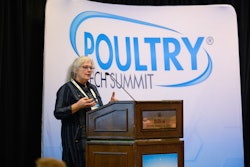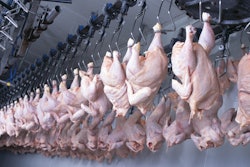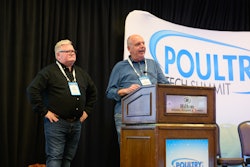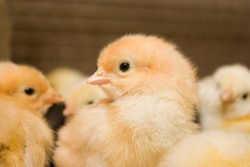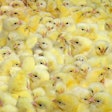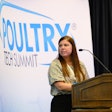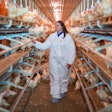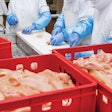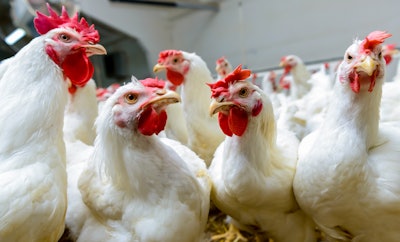
Machine learning could improve the accuracy of poultry weight forecasts, helping to solve one of the constant challenges facing producers.
Fieldale Farms partnered with Intelia Technologies Inc. to automate the process of bird weight predictions with artificial intelligence (AI) and machine learning.
“The problem that we are trying to solve is an accurate way to make weight predictions without bird scales and without manual labor,” Casey Middlebrooks, data analyst and live production coordinator, Fieldale Farms, said at the 2023 Poultry Tech Summit.
Why automate poultry weight predictions
Accurate weight predictions help poultry producers improve their ability to streamline production at the plant. Better accuracy improves control and understanding of size variation between houses and farms.
Traditionally, weight forecasts have been calculated manually, a time-consuming process. Automating poultry weight forecasts would free workers from performing this repetitive task and make predictions more objective.
“Currently, the way we’re doing it is very labor-intensive. We have 26 individuals who spend about 20-40% of their time each week predicting weights,” added Middlebrooks.
Machine learning, a form of artificial intelligence (AI), uses data to learn a function that best maps inputs to outputs. Put simply, the technology analyzes and learns from the information collected to make predictions. Over time, predictions change as more data is added.
“Machine learning is one case where you need a lot of data, but not necessarily a lot of information,” explained Caroline Forest, vice president, business development and marketing, Intelia Technologies Inc..
The Fieldale Farms pilot
Over three years, the team collected weight data from 20,000 poultry flocks over three years.
The results showed that the model worked well on well-performing flocks but struggled to pinpoint outliers. In addition, prediction performance was initially worse than traditional methods of forecasting.
In the future, Fieldale plans to continue investigating different opportunities to automate on the poultry farm that currently take up large amounts of manpower and time.

